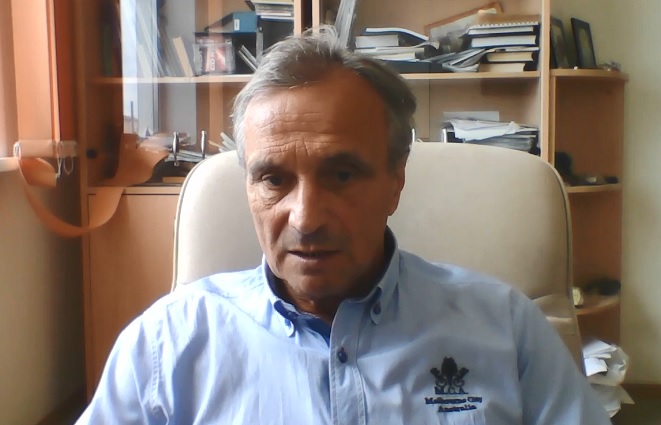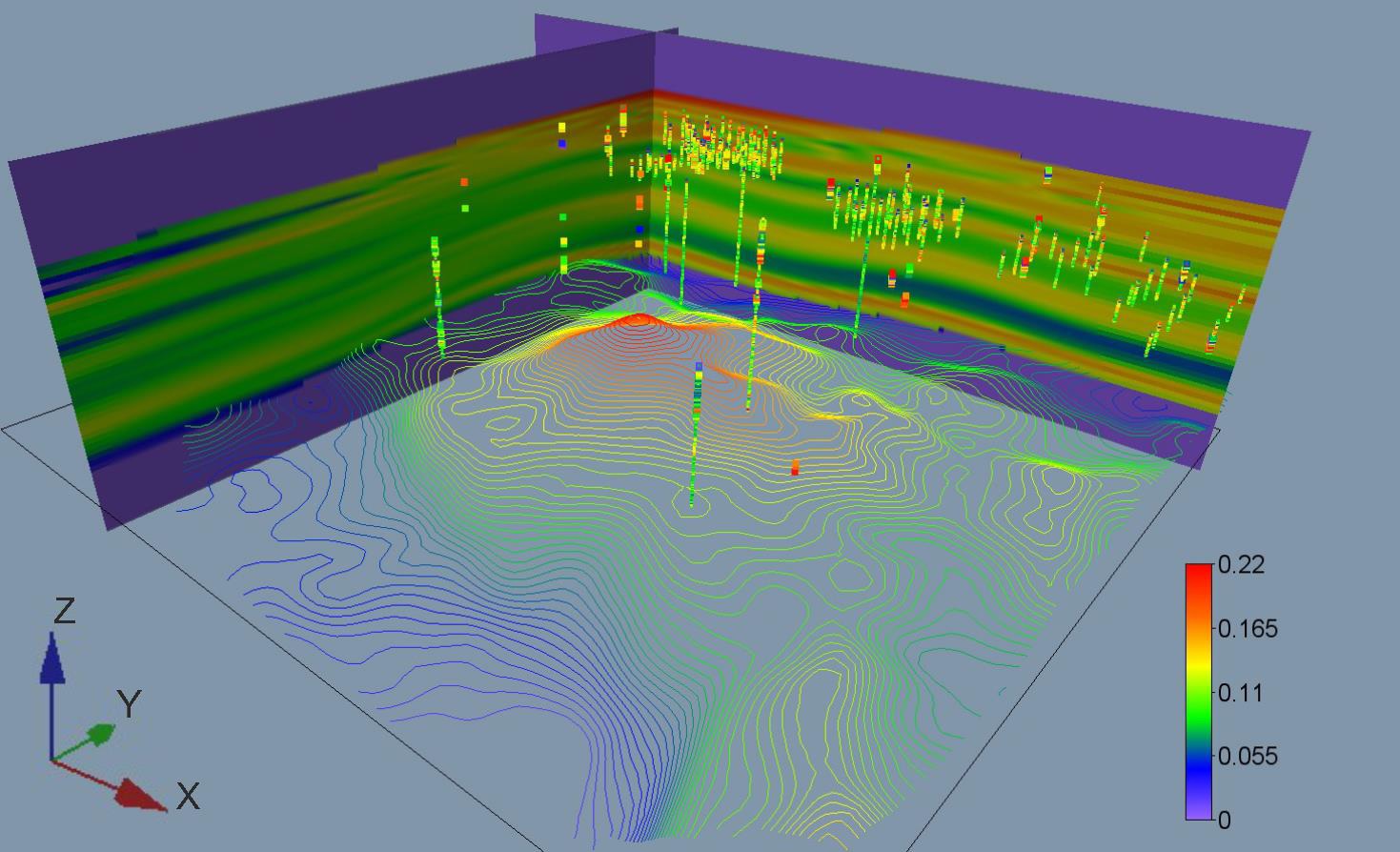Vladimir V. Lapkovsky, PhD, head of the Laboratory of Mathematical Modeling of Natural Petroleum Systems of the Institute of Petroleum Geology and Geophysics SB RAS, told us about numerical simulations for reservoir modeling applications and the results achieved. He briefly presented IPGG’s software solutions for data-driven simulations (i.e. based on measurable macro- and microstructural informatics) of porous media to predict physical properties (among them, porosity) of sedimentary strata.

Vladimir V. Lapkovsky
Why is porosity important?
A petroleum geologist should have good knowledge of porosity distribution in a porous media (within sedimentary strata). Understanding its variability across reservoirs is critical in petroleum exploration, as well as for appropriate evaluation and quantification of hydrocarbon reserves and resources, and successful oil/gas field development. At the same time, results of laboratory measurements of porosity largely depend on the position of core fragment picked for analysis, rather than on the measuring tool accuracy alone. If the measurement is made a few centimeters higher/ lower in that same core sample, than the previous measurement point, reservoir porosity estimates may differ strongly.
What can IPGG SB RAS propose for the problem solution
The uncertainties inherent in analytical porosity determinations can be evaluated using variograms. The latter are provided by the IPGG SB RAS proprietary W-SEIS software (for seismic and drilling data interpretation) integrated via a plugin with the Schlumberger Petrel software applicable to reservoir simulations.
Using these tools, IPGG researchers have conducted successful computational experiments with the results subsequently applied to three-dimensional reservoir porosity modeling for several oil and gas fields in the southeastern West Siberia. This serves as another example of the relevance of the solutions developed by IPGG SB RAS.

3D porosity simulation in two vertical sections
The full version of V.V. Lapkovsky’s presentation complemented by demonstration of reservoir porosity modeling software is available at: https://drive.google.com/file/d/13sm1o7ujrtLz4BOuHLRc1EFniFjhvtuy/view?usp=sharing
For reference
The work was carried out within the framework of the FWZZ-2022-0009 project titled “Geological-geophysical modeling with reservoir simulation and petroleum potential assessment in sedimentary basins of the Siberian Arctic and the Republic of Sakha (Yakutia); improvement of geological and geophysical exploration methods” within the National Science Foundation state program.
Published by the IPGG Press Service
Video and illustrations courtesy of V.V. Lapkovsky